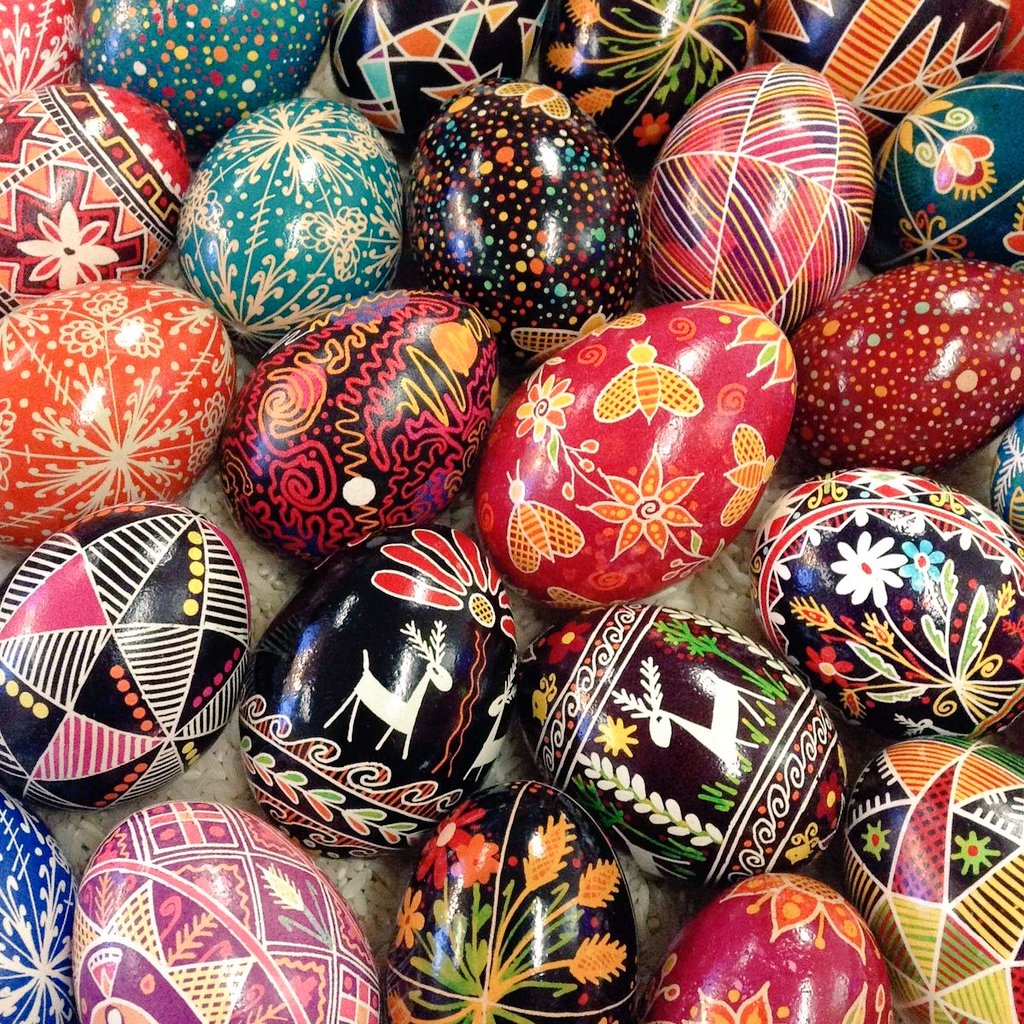
Dying your Easter eggs: What you should know
Aside from all the candy, one of the hallmarks of Easter is the colourful eggs. While dyeing Easter eggs is a fun family activity, you may be wondering whether it’s safe to eat them after they are dyed. After all, you cannot let all those hard-boiled eggs go to waste. Before you reach for one on Easter, there are a few safety tips to keep in mind.
Before dyeing Easter eggs, there are several important things to keep in mind to ensure a successful and enjoyable experience:
- Choose the right eggs: Select fresh eggs that are not cracked or damaged. Older eggs are easier to peel after hard boiling, so if you plan to eat the eggs afterward, you might want to use slightly older ones.
- Prepare your work area: Cover your work surface with newspaper or a disposable tablecloth to protect it from dye stains. Have paper towels or old cloths handy for cleaning up spills.
- Hard boil the eggs: Boil the eggs until they are hard-boiled. Place them in a single layer in a pot and cover them with cold water. Bring the water to a boil, then cover the pot and remove it from the heat. Let the eggs sit in the hot water for about 10-12 minutes, then transfer them to a bowl of ice water to cool completely before dyeing.
- Use food-safe dyes: If you’re using commercial egg dyeing kits, make sure they are labeled as food-safe. Alternatively, you can make your own dyes using natural ingredients such as onion skins, beets, turmeric, or spinach. Follow instructions carefully to achieve the desired colours.
- Protect your hands and clothes: Wear gloves or aprons to prevent dye from staining your skin and clothes. Some dyes can be stubborn to remove.
- Be creative: Experiment with different dyeing techniques such as dipping, marbling, or using stickers and rubber bands to create patterns. Allow your creativity to flow.
- Let eggs dry completely: After dyeing, place the eggs on a drying rack or paper towels to dry completely before handling them. This will help prevent smudging or smearing of the colors.
- Handle with care: Easter eggs can be fragile, so handle them gently to avoid cracking or breaking them, especially if you plan to display them or use them for an egg hunt.
- Store properly: If you plan to eat the eggs, refrigerate them promptly after dyeing and use them within a week. If you want to keep the decorated eggs for display, avoid leaving them in direct sunlight or extreme heat, as this can cause the colors to fade.
- Have fun: Most importantly, enjoy the process of dyeing Easter eggs with friends and family. It’s a tradition that’s meant to be fun and creative.











